1 center - 3 regions - 1 special zone
Dr. Ngo Viet Nam Son, an architect, said that before the merger, all three localities of Ho Chi Minh City, Binh Duong , and Ba Ria-Vung Tau were stuck in "structural bottlenecks" that caused unsustainable growth, disproportionate investment efficiency, and limited international competitiveness. Ho Chi Minh City is the locomotive but its development space is narrow, its infrastructure is overloaded, and its industry lacks breakthroughs. Binh Duong attracts strong FDI capital but still relies heavily on processing, lacking human resources and a foundation for innovation. Ba Ria-Vung Tau has advantages in seaports and tourism, but regional connectivity is fragmented, and logistics and high-value services are still weak.
Ho Chi Minh City aims to be in the top 100 livable cities in the world by 2030 with a vision to 2045.
PHOTO: NGOC DUONG
The merger of three localities into the new Ho Chi Minh City is expected to create new development space, remove bottlenecks and shape a breakthrough growth momentum for the whole region. In particular, the model of "1 center - 3 regions - 1 special zone" is an inevitable and correct direction because the city has entered the "super urban" stage, with the area tripling, the population and economic scale increasing by one and a half times.
However, Mr. Son warned that the biggest risk is scattered development, low efficiency, and insufficient budget. "It is necessary to invest with key focus, taking the backbone connecting 3 regions as the place to concentrate investment and then gradually spread out. Each region must have its own attraction to reasonably disperse the population, people everywhere will have jobs, schools, hospitals, and equivalent infrastructure, there is no need to concentrate in the inner city," this expert suggested.
The general vision is to improve the quality of the Ho Chi Minh City area by reducing concreting, increasing green areas, and dealing with pollution, traffic jams, and flooding. At the same time, shifting the direction of quantitative development to Binh Duong and Ba Ria-Vung Tau. These areas will attract more vibrant investment, create more jobs, have affordable housing, and contribute to solving the problem of high housing prices. This is also a way for Ho Chi Minh City to develop in a balanced and sustainable manner, and at the same time become a locomotive spreading to the entire Southeast region.
For the "1 center - 3 regions - 1 special zone" model to operate effectively, Mr. Son believes that it is necessary to prioritize the development of a multimodal transport system. The main axis is the highway and belt routes, combined with urban railways in the new Ho Chi Minh City, with branches to Long Thanh airport. The port system must be connected between Cai Mep - Thi Vai, Cat Lai, Hiep Phuoc and in the future Can Gio, synchronized with roads and railways to reduce logistics costs.
He analyzed: "If this port cluster is connected by multiple modes, it will not only serve transit but also undertake industrial and civil logistics, thereby reducing import and export costs and increasing competitiveness." Ho Chi Minh City needs to focus on shaping four strategic corridors: East - West linked with seaports, airports and international trade; North - South becomes an axis of creativity, production and logistics; along the Saigon River is an urban - ecological - tourism space; coastal development of ports and coastal urban areas. In parallel with transport infrastructure, digital infrastructure also needs to be deployed synchronously, from data, telecommunications to smart cities, to effectively manage the space of super urban areas.
In the development role assignment, Dr. of Science and Architecture Ngo Viet Nam Son believes that Ho Chi Minh City will be the core urban area, international financial center, training high-quality human resources, R&D (research and development) and high technology; Binh Duong must upgrade its FDI strength to high-tech industry, digitalizing production and logistics; and Ba Ria-Vung Tau will develop two maritime economic sectors: seaport - logistics and tourism - coastal urban area.
"After the merger, the city has the opportunity to form a chain of multi-identity coastal urban areas, from the ecological urban area of Can Gio to the tourist-resort urban areas of Vung Tau, Long Hai, and Ho Tram. If there is a metro or railway connecting Long Thanh airport and the center, this whole chain will become an international destination. Ports and marine tourism will create a demand for human resources, thereby forming a livable coastal urban area, attracting residents to stay long-term," said Mr. Son. Particularly for the Con Dao special zone, he proposed developing according to the green island model, prioritizing clean transportation, responsible tourism, and controlling capacity with tourist quotas.
Thuy Van Beach, old Ba Ria-Vung Tau; now belongs to Vung Tau Ward, Ho Chi Minh City
PHOTO: NGUYEN LONG
Need a strong enough "coordinating brain"
Dr. Tran Quang Thang, Director of the Ho Chi Minh City Institute of Economics and Management, said that to realize the vision of an international megacity, the merged Ho Chi Minh City must face many basic and complex challenges. First of all, the planning problem for the city after the merger is to build a multi-center urban model, connect satellite cities, exploit underground and riverside spaces, requiring strategic vision and high consensus. Meanwhile, the transport - logistics infrastructure is currently overloaded, metro, belt roads, highways, seaports, and airports are all urgent but investment capital is limited, progress is slow.
Dr. Thang emphasized that the target of 8-10% GRDP growth is only feasible when the city forms a strong enough technology ecosystem. In reality, the application of artificial intelligence, big data, and smart governance is only at the initial stage and is still fragmented. In addition, population pressure, pollution, flooding, the gap between rich and poor, etc. make the need for sustainable development, improving the quality of life and urban services even more urgent.
According to Dr. Thang, the biggest challenge lies not in capital or technology, but in the lack of a strong enough "coordinating brain". The unified megacity cannot operate as three "individual wheels", but needs a real power center to coordinate planning, allocate resources, monitor implementation and connect common interests. The solution he proposed is to establish a Coordination Council for the Ho Chi Minh City Special Economic Zone, with the participation of the Government, local authorities, ministries, businesses and research institutes. This council will operate on a specific legal basis, integrate digital data, thereby becoming the "nerve center" of the megacity, where policies, resources and actions are connected.
Bau Bang Industrial Park, old Binh Duong; now belongs to Bau Bang commune, Ho Chi Minh City
PHOTO: DO TRUONG
Dr. Thang warned that if a strong enough "coordination brain" is not built, Ho Chi Minh City will easily fall into the risk of being "big but weak", leading to projects being easily fragmented, local interests overwhelming the common interests, and international competitiveness being reduced. On the contrary, if done well, the city will not only overcome institutional bottlenecks, but also create new momentum for the entire region, realizing the aspiration of becoming a livable megacity and integrating globally.
On the other hand, Mr. Lam Dinh Thang, Director of the Department of Science and Technology of Ho Chi Minh City, said that the startup ecosystem of Ho Chi Minh City has risen to 111th place globally, laying the foundation to aim for the top 100 by 2030 and the top 50 by 2045 in the ranking of the most dynamic cities in innovation. This goal, according to him, is closely linked to the spirit of Resolution 57 of the Politburo on breakthroughs in science and technology development, innovation and national digital transformation.
To realize this, Ho Chi Minh City has established the "1-4-1" strategy as a development pillar. In which "1 center" is the Ho Chi Minh City International Financial Center - the nucleus connecting capital and market, creating a foundation for innovation, attracting technology corporations, venture capital funds and startups to converge. "4 high" includes: multi-purpose high-tech center, high-tech industrial parks, high-quality education and high-quality healthcare. "1 strategy" is strategic infrastructure, focusing primarily on modern transport infrastructure and advanced digital infrastructure.
Mr. Lam Dinh Thang affirmed that science and technology, innovation and digital transformation are not only supporting tools, but also key driving forces for Ho Chi Minh City to maintain its leading position after the merger, rise to become the center of digital economy and international finance in Southeast Asia, and gradually affirm its position in the group of livable cities globally. (continued)
Thanhnien.vn
Source: https://thanhnien.vn/tphcm-kien-tao-do-thi-dang-song-toan-cau-vuon-tam-tu-3-cuc-tang-truong-185251009182146185.htm


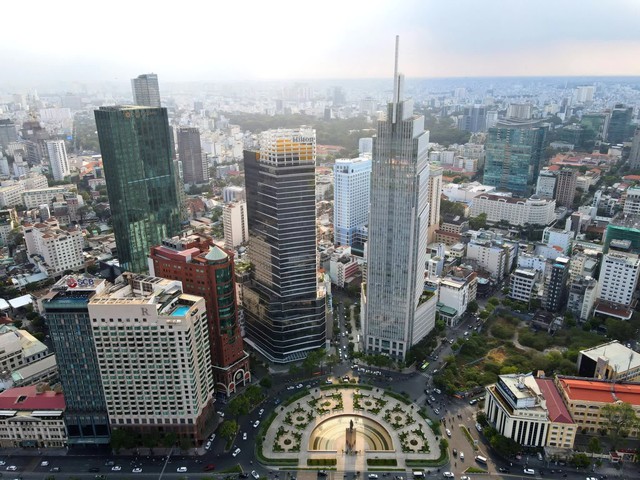
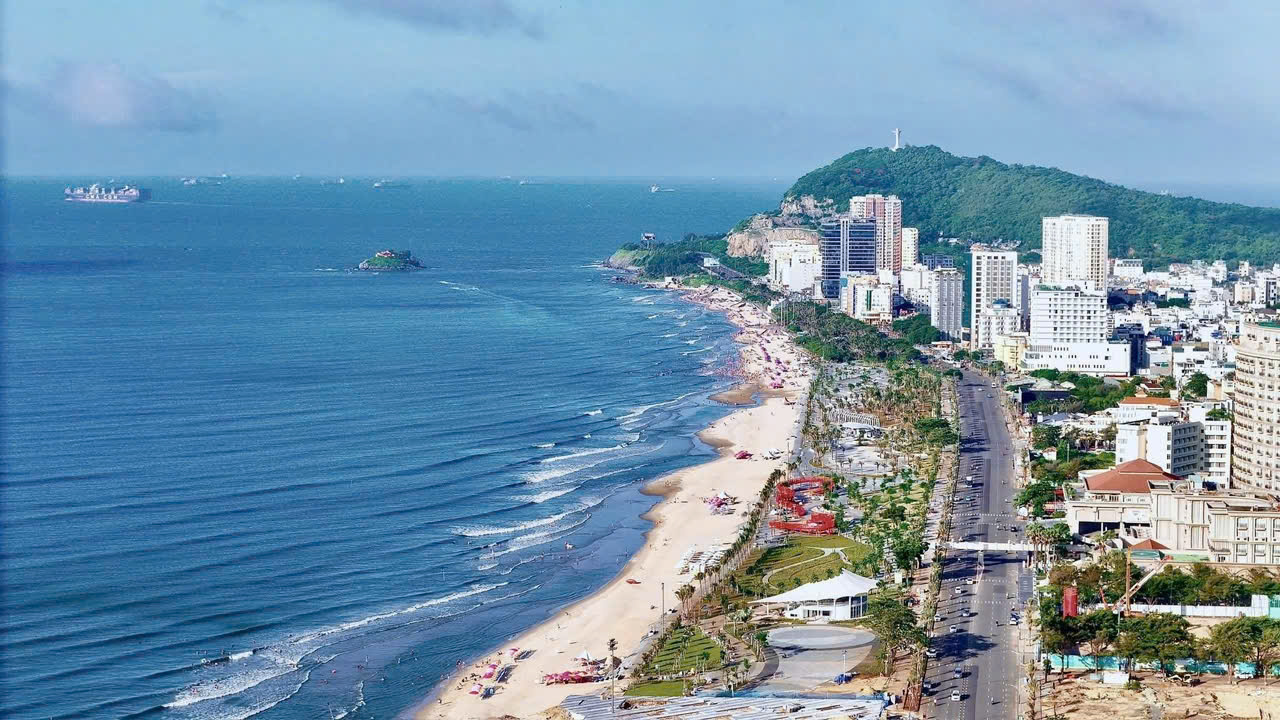
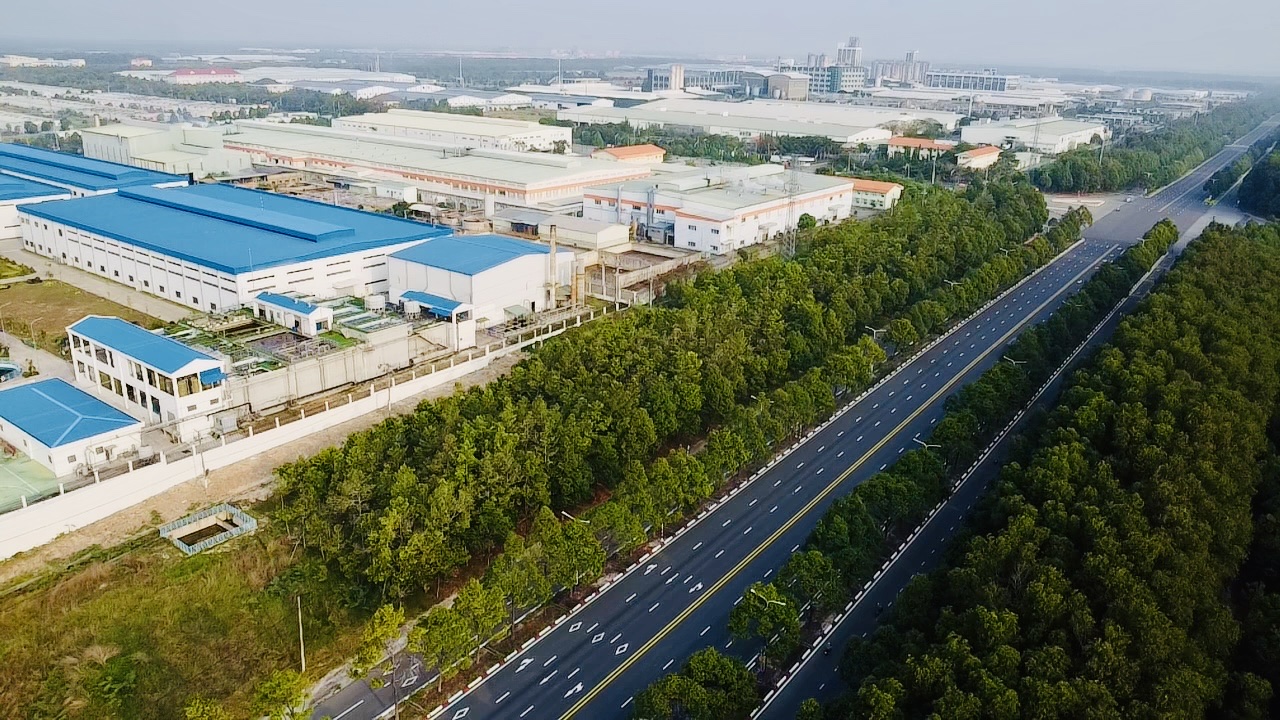
![[Photo] Opening of the World Cultural Festival in Hanoi](https://vphoto.vietnam.vn/thumb/1200x675/vietnam/resource/IMAGE/2025/10/10/1760113426728_ndo_br_lehoi-khaimac-jpg.webp)



![[Photo] Unique Phu Gia horse hat weaving craft](https://vphoto.vietnam.vn/thumb/1200x675/vietnam/resource/IMAGE/2025/10/10/1760084018320_ndo_br_01-jpg.webp)
![[Photo] Ho Chi Minh City is brilliant with flags and flowers on the eve of the 1st Party Congress, term 2025-2030](https://vphoto.vietnam.vn/thumb/1200x675/vietnam/resource/IMAGE/2025/10/10/1760102923219_ndo_br_thiet-ke-chua-co-ten-43-png.webp)




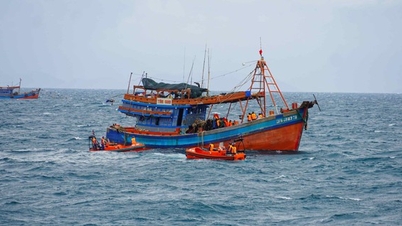






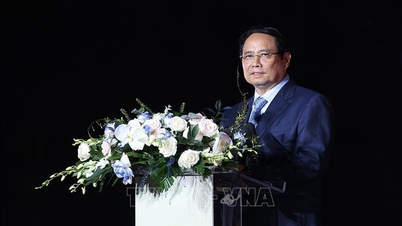












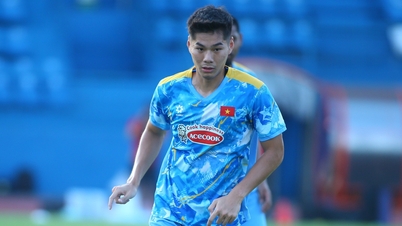
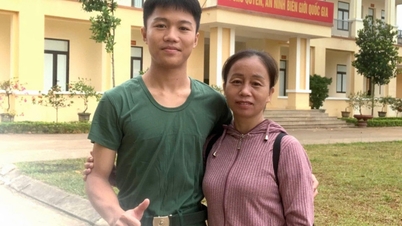


















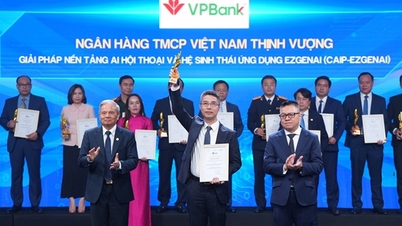













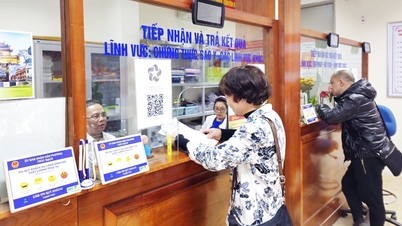





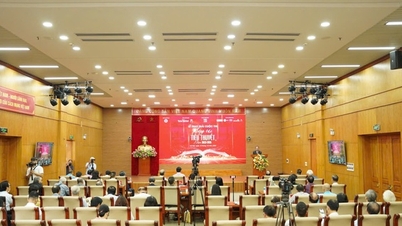
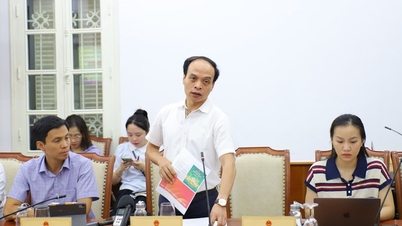





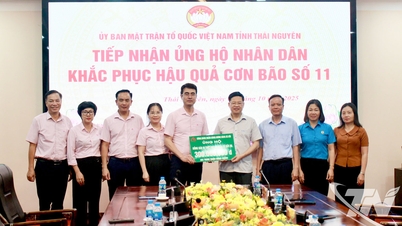






















Comment (0)